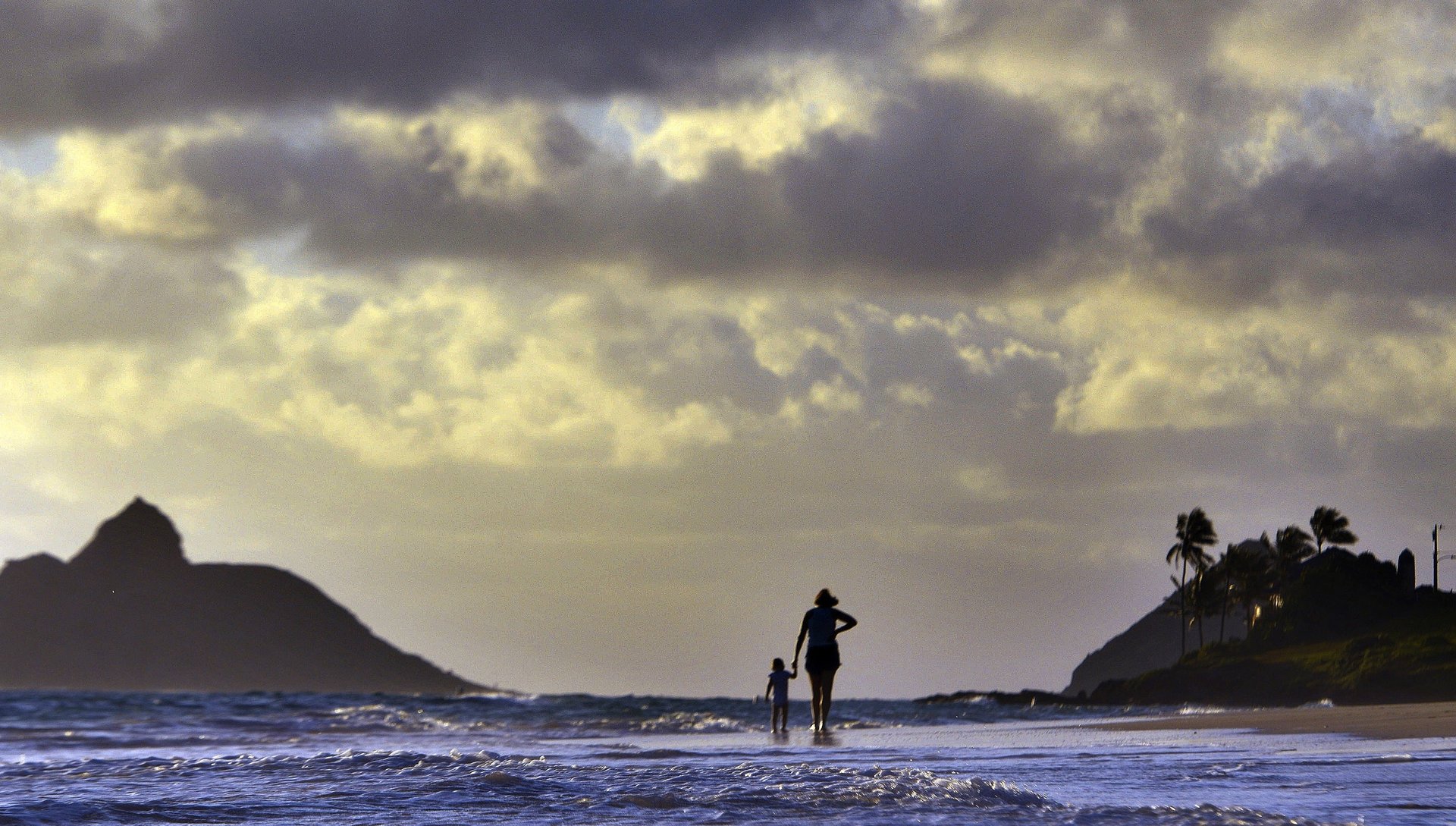Why 10 cases of dengue fever in Hawaii are much scarier than the rest
Hawaiian mosquitoes have been busy it seems. Local health authorities just confirmed 10 new cases of dengue fever, an excruciating disease nicknamed ”breakbone fever.” That brings the total to 23 so far this year.


Hawaiian mosquitoes have been busy it seems. Local health authorities just confirmed 10 new cases of dengue fever, an excruciating disease nicknamed ”breakbone fever.” That brings the total to 23 so far this year.
There’s something especially worrisome about these new 10 cases, though: They came from the bites of local mosquitoes. This ups the risk of an epidemic—an ominous prospect for a state that earns nearly a fifth of its GDP from tourism. After the first dengue cases were confirmed in a 2001 epidemic that tore through the island of Maui, the average number of daily visitors fell 30% (paywall) (though Sept. 11 likely had an impact too).
News of the virus may have have gone, er, viral. Allie Wesenberg, a star of the video web series Internet Killed Television, had returned to Florida from a Hawaii vacation when she fell ill and was hospitalized. However, it’s not yet certain whether she—or the eight or nine people in their tour group—have dengue:
When news of Wesenberg’s illness broke, a state epidemiologist insisted that “we don’t have local dengue in our mosquitoes.”
It turns out, though, Hawaii’s mosquitoes most definitely do—which means that the outbreak can get much bigger unless officials and the community either kill the mosquitoes or prevent people from being bitten.
Neither is easy. Dengue—which causes searing eye, head and bone pain, and has no cure—spreads when a mosquito sucks the blood of someone who’s already carrying the virus, and then bites another person who hasn’t yet been infected. Most cases occur in Latin America, Asia, and the Caribbean, in densely populated cities where the most notorious dengue-carrying mosquito, Aedes aegypti, thrives.
The virus usually shows up in wealthy, well air-conditioned Western countries only when travelers “import” it from the dengue-infested tropics.
The problem for tourist destinations like Hawaii and other developed-world vacation hotspots is that you get visitors from all over—including dengue-endemic places—who want to spend time outside, making them more likely to be bitten. Tell them to stay indoors or slather themselves in DEET, and they’ll book a ticket for whale-watching in Vancouver instead.
The culprit of Hawaii’s dengue outbreak isn’t clear—which can make preventing an epidemic tricky.
Though Hawaii eradicated Ae. aegypti in the 1940s, it survived in swaths of the Big Island, including near where the recent spate of cases seem to have come from. However, Ae aegypti’s East Asian cousin, the Asian tiger mosquito (Ae. albopictus) caused the 2001 epidemic. While Ae. aegypti‘s fondness for human habitats makes it tougher to zap with sprayed pesticides, the Asian tiger mosquito’s more versatile living habits can make them harder to target. Plus, pesticides also harm many other creatures—a worry for Hawaii’s ecotourism heavy industry.
Regardless of which species is responsible, recurrent locally transmitted outbreaks raise the specter of a much bigger concern, though, as more of Hawaii’s population becomes infected. A person who has already gotten one dengue strain is vulnerable to much deadlier forms of the disease—including one with Ebola-like symptoms—should a mosquito carrying another viral strain happen to feed on their blood. The steady influx of honeymooners, surfers, and adventurers from dengue-endemic parts of the world makes this ugly possibility more likely.